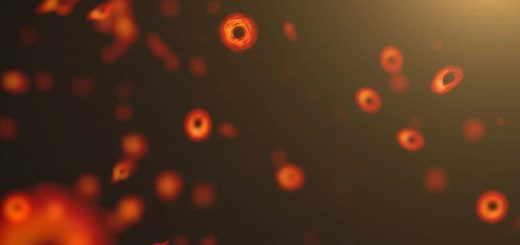Quantum device detects all units of electricity at once
Defining the fundamental units of electricity used to require two finicky quantum devices – but now scientists have found an easier way to standardise our electrical measurements
By Karmela Padavic-Callaghan
18 August 2025
To measure electricity, we need standardised units
Yuichiro Chino/Getty Images
A single quantum device could define all three units we use to understand electricity.
When you measure electricity, you need to find the flow’s current in amperes, its resistance in ohms and its voltage in volts. But before even getting started, researchers must agree on the size of each of these units. So far, this has required two separate quantum devices, and often, the costly and complicated task of visiting two separate laboratories.
Read more
How Fibonacci numbers give us a neat hack for converting between units
Now, Jason Underwood at the National Institute of Standards and Technology (NIST) in Maryland and his colleagues have shown how we could instead characterise these units using a single device. “The idea of integrating those two quantum standards was always sort of a holy grail,” he says. “It’s been a long time coming. Like Sisyphus, we just kept pushing the rock up the hill.”
This integration was challenging because both devices rely on fragile quantum phenomena that can only be observed at very low temperatures – so low they must be operated in special fridges called cryostats. Traditionally, one device also required a magnetic field that disrupted the operation of the other.
The new “one box” method sidesteps this issue by using a novel material that can perform its quantum tricks without the magnetic field, so two quantum systems that previously had to be kept separate can operate in the same cryostat. The team used it to obtain amperes, ohms and volts with uncertainties as small as a few millionths of each unit.


